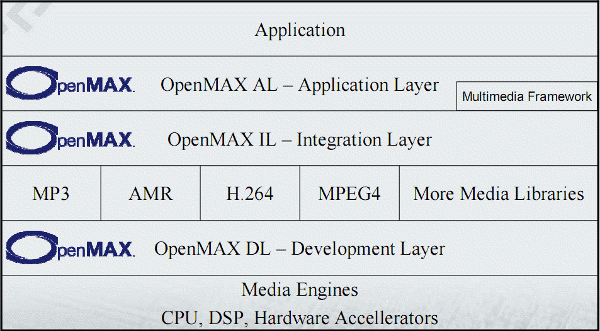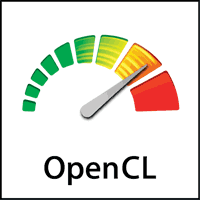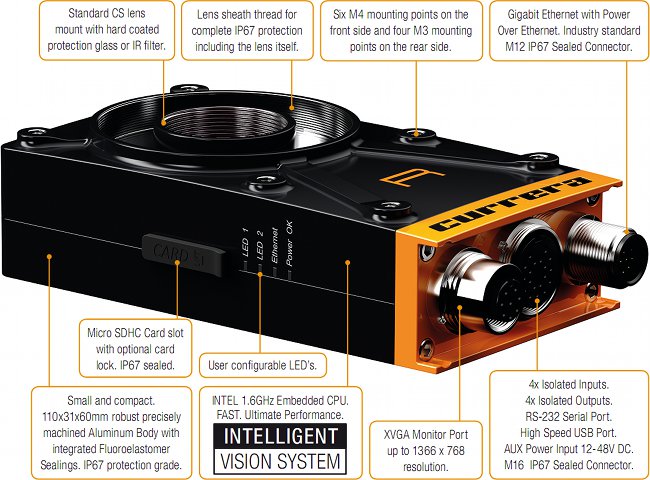I wanted to use WebGL in my Acer Aspire One D255E netbook that uses an Intel GMA 3150 onboard graphics card, but it did not work in Chromium nor Firefox. WebGL requires OpenGL 2.0 support, but I found out I only had support for OpenGL 1.4:
|
1 2 |
glxinfo | grep -i "OpenGL version" OpenGL version string: 1.4 Mesa 7.7.1 |
But I found out it was possible to enable OpenGL 2.0 for GMA 3150 in Linux by installing and running driconf:
|
1 2 |
sudo apt-get install driconf driconf |
and clicking on “Enable limited ARB_fragment_shader support on 915/945.” and “Enable stub ARB_occlusion_query support on 915/945.” options. They are not enabled by default because they do cause problems. After those two options were enabled, OpenGL 2.0 was enabled.
|
1 2 |
glxinfo | grep -i "OpenGL version" OpenGL version string: 2.0 Mesa 7.7.1 |
But I still could not use WebGL in either Chromium nor Firefox, so I decided to install the latest version of Mesa (7.11) with indirect rendering (software) enabled with libOSMesa:
|
1 2 3 4 5 6 7 |
sudo apt-get install libffi-dev wget ftp://ftp.freedesktop.org/pub/mesa/7.11/MesaLib-7.11.tar.bz2 tar xjvf MesaLib-7.11.tar.bz2 cd Mesa-7.11 ./configure --enable-os-mesa --prefix=/usr make make install |
Even with the latest Mesa library, I could not use WebGL […]






